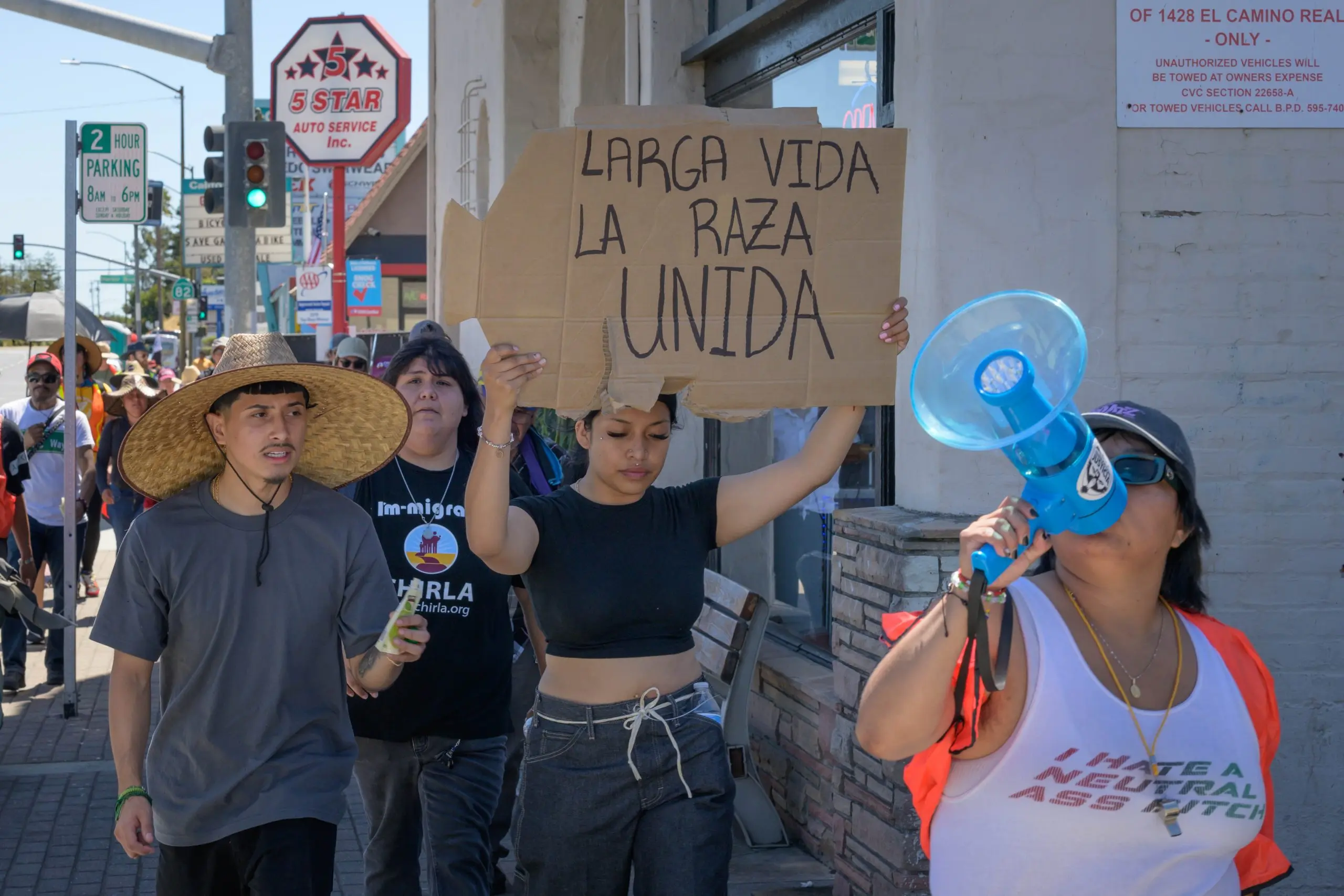
For the first time in history, one in five residents in the United States is Latino, according to a new analysis from the UCLA Latino GDP Project and California Lutheran University (Cal Lutheran). The study, based on 2024 U.S. Census data, shows that the Latino population has surpassed 68 million, solidifying its role as one of the nation’s most powerful demographic and economic forces.
The report also reveals that the Latino labor force grew 5.5% in 2024, reaching 35.1 million workers, the highest level ever recorded, with employment at a record 69%.
“In 1988, lacking the sophisticated data we have now, we projected that Latinos could reach 58.8 million by this time, but we were clearly too conservative,” said David Hayes-Bautista, professor of medicine at UCLA and co-author of the report.
Between 2010 and 2024, the Latino population grew 7.2 times faster than the non-Latino population, while Latino workforce participation increased 4.2 percentage points more than that of other groups.
“Time and again, we find that hard work, self-reliance, optimism, and perseverance are the qualities that underpin the strength and resilience of Latinos in the United States,” said Matthew Fienup, executive director of Cal Lutheran’s Center for Economic Research and Forecasting.
The study notes that the Latino participation premium—the difference between Latino and non-Latino employment rates—hit a record 6.2 percentage points in 2024, reinforcing the community’s position as one of the country’s most dynamic labor forces.
“Greater labor effort translates into greater Latino GDP growth,” Hayes-Bautista added. “These new data show that the U.S. Latino workforce is breaking records in economic dynamism.”
The new findings build on the 2025 U.S. Latino GDP Report, which revealed that U.S. Latino GDP reached $4.1 trillion, making it the fifth largest economy in the world—greater than the entire economy of India.
The report also highlights that the Latino GDP has grown faster than China’s since 2019, underscoring its resilience and strategic role in the global economy.
The Latino GDP Project, a multidisciplinary research initiative, has documented for eight consecutive years how the vitality of the U.S. economy is closely tied to the growth, labor, and economic activity of the Latino community.
“By supporting this population, we believe these same traits will continue driving overall U.S. economic growth in the years ahead,” Fienup emphasized.
The study indicates that Latino population growth was 5.8 times faster than that of the non-Latino population in 2024. The Latino population growth premium—the difference between annual growth rates—reached a record 2.4 percentage points.
Natural population growth among Latinos (births minus deaths) remained positive even during the pandemic, with a cumulative increase of 3.2 million between 2020 and 2024, compared to a decline of 1.3 million among non-Latinos.
Between 2023 and 2024, the Latino labor force expanded 5.5%, surpassing the 3.8% growth in 2023, which had previously been the strongest on record.
The authors conclude that the demographic and economic dynamism of the Latino community is not only transforming the social and labor structure of the United States but also strengthening the nation’s competitiveness on the global stage.
“Latino growth is a story of hard work, perseverance, and consistent contribution,” Hayes-Bautista said. “America’s prosperity is deeply intertwined with the progress of its Latino population.”
Related: Latinos Drive Nearly 15% of U.S. GDP; Their Consumption Exceeds $2.7 Trillion
Mexican Press Agency is part of ALMA, which is dedicated to news and information about Mexico and Mexicans in the United States and is a fiscally sponsored project of Social Focus, a 501(c)(3) nonprofit organization based in Redwood City, California.